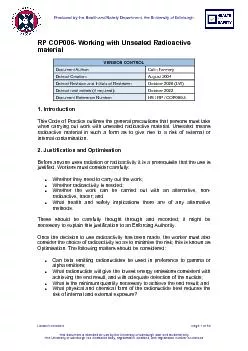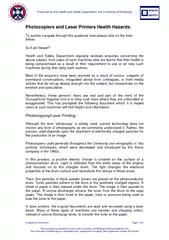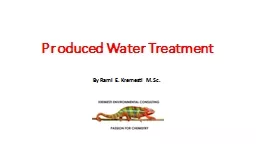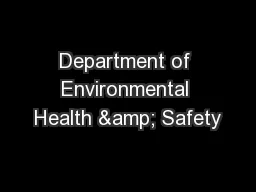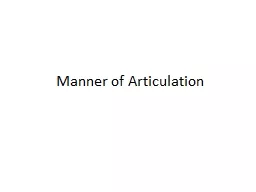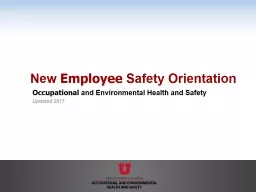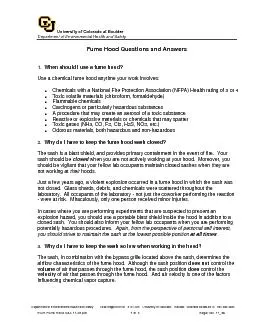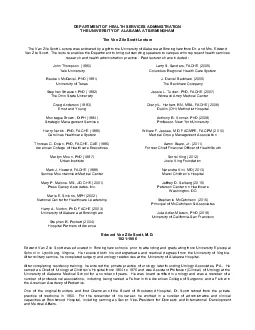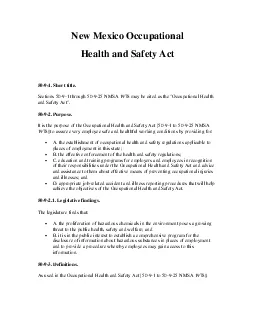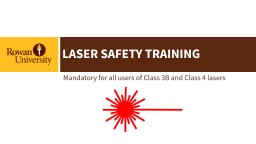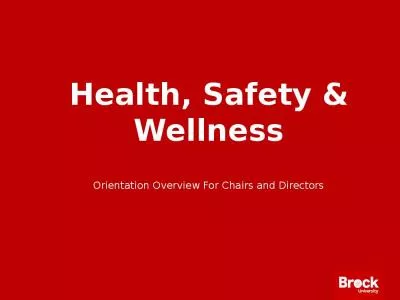PDF-Produced by the Health and Safety Department, the University Edinburg
Author : alida-meadow | Published Date : 2015-11-28
Created on 20122011 Page 1 of 10 This Code of Practiceoutlines the general precautions that persons must take when carrying out work with unsealed ra radioactive
Presentation Embed Code
Download Presentation
Download Presentation The PPT/PDF document "Produced by the Health and Safety Depart..." is the property of its rightful owner. Permission is granted to download and print the materials on this website for personal, non-commercial use only, and to display it on your personal computer provided you do not modify the materials and that you retain all copyright notices contained in the materials. By downloading content from our website, you accept the terms of this agreement.
Produced by the Health and Safety Department, the University Edinburg: Transcript
Download Rules Of Document
"Produced by the Health and Safety Department, the University Edinburg"The content belongs to its owner. You may download and print it for personal use, without modification, and keep all copyright notices. By downloading, you agree to these terms.
Related Documents

